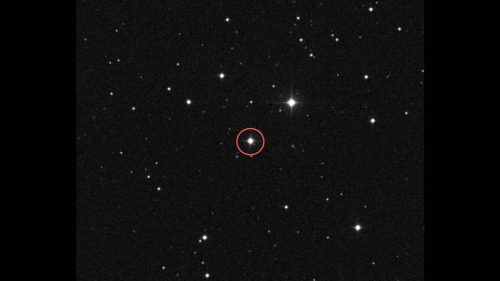Space: the final frontier. Researchers at Yale work to boldly go where no researcher has gone before. With a newly designed EXtreme PREcision Spectrograph (EXPRES) that will clarify pre-existing data, Professor Debra Fischer and graduate student Lily Zhao are leading a study to discover new exoplanets within the Alpha Centauri star system.
The Doppler spectroscopy method uses velocity measurements of a star to determine the existence of exoplanets in orbit. Previous spectrographs have been able to detect larger shifts, indicating larger exoplanets, but shifts subtle enough to indicate Earth-sized exoplanets were undetectable until now. “EXPRES will be able to detect measurements precise enough to discover Earths for the first time ever,” Zhao said.
This technology will also be able to determine the mass of an exoplanet instead of just the size, allowing researchers to deduce planet composition through reanalysis of old data. This ability is especially significant, as rockier terrains possess greater potential for harboring life. Earth-like exoplanets must also be within the star’s habitable zone, the range of orbits for each star where a planet is able to support surface water. “Where we see life, there is water; and where there is water, there is life,” Zhao explained.
Alpha Centauri, the star system closest to our own, is crucial to this new study. As a binary star, Alpha Centauri is one of the most common star systems, meaning that data from spectrographs at Yale can be extrapolated to similar star systems too distant to observe directly. Furthermore, the data from Alpha Centauri’s exoplanets can help researchers uncover in more detail how stars and planets form and provide a better understanding of solar systems in general. This new technology unlocks a wealth of information, meaning researchers can truly go where none have gone before.
References
[1] Interview with Lily Zhao, Yale Department of Astronomy, interview on 01/28/18
[2] https://iopscience.iop.org/article/10.3847/1538-3881/aa9bea#ajaa9beas3

